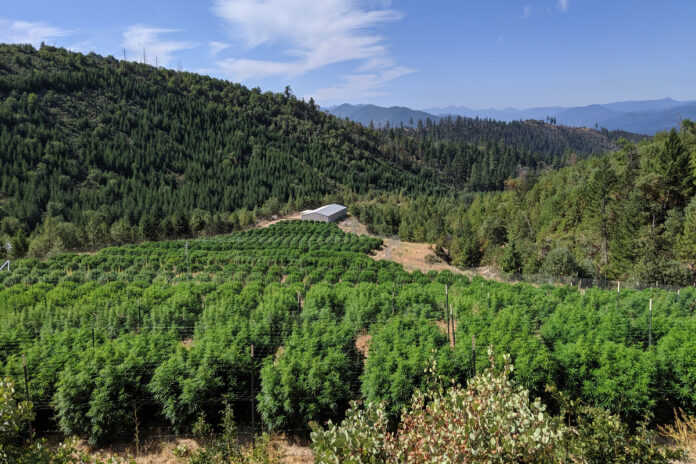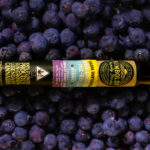CORVALLIS, Ore. – Researchers at Oregon State University’s Global Hemp Innovation Center have put together a team to study the effect of wildfire smoke on hemp crops. The team will study significant factors including how close crops are to the source of smoke (wildfires), levels of intensity and time of smoke exposure and their effects on plants, how different strains of hemp react to smoke, and how smoke could effect extracts derived from exposed crops.
Professor Jay Noller, director of OSU’s Global Hemp Innovation Center announced the study during the Oregon Hemp Field Day video conference. “We know this is a pressing issue,” he said. “We were under duress of about a week and a half of heavy smoke-laden air.”
According to Noller, the smoke effects group will be patterned after the wine industry’s West Coast Smoke Exposure Task Force. “Right now, our best estimate is to follow the wine industry,” he said.
Like hemp, wine grapes are harvested between September and October, which this year means farmers will be anxiously weighing options and the worth of crops if they have been smoke tainted. Crops have been exposed to weeks of surreal, ash-laden skies that put the west coast of the United States on the top of global poor air quality lists for several days in a row.
Southern Oregon, which has been hard hit by this year’s historic wildfires, is renowned for its soil and growing regions. Specialty crops that grow in the area include berries, tree fruits, potatoes, wine grapes, cannabis, and hemp.
Oregon Senator Jeff Merkley (D) in mid-September urged lawmakers to allocate funding for research into the effect of wildfire smoke on crops; $5 million would provide grants for wine grapes, and $4.5 million for hemp and cannabis research.
His motivation, the senator said, was order cancellations of 2018 Oregon wine grapes, as a result of last year’s wildfires and nervous buyers that alleged “smoke taint” to refuse orders.
“There were so many grapes that were not smoke tainted, but were not sold on that basis,” Merkley recalled. Oregon state grape growers and winemakers combined efforts to bottle “solidarity wine” from the crops that remained unsold in 2018. The vintage sold out, many thought, based on collectability.
As of Monday, one million acres had burned in 468 wildfires in Oregon, with nearly 2,300 residences destroyed, as well as an additional 1,503 structures. There have been nine fatalities and nine others are still missing.
The largest of the fires have devoured huge swathes of forest, farmlands, and rural residential areas, staring near the town of Ashland in the south. Record-breaking fires continue to burn also in northern Oregon, east of Portland, and the town of Salem.
The towns of Detroit, Blue River, Vida, Phoenix, and Talent have been “substantially destroyed,” according to Oregon Governor Kate Brown, in a press conference on Monday.












